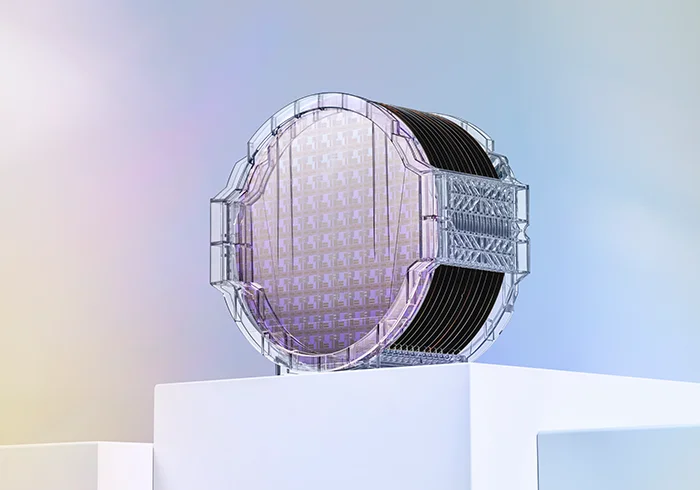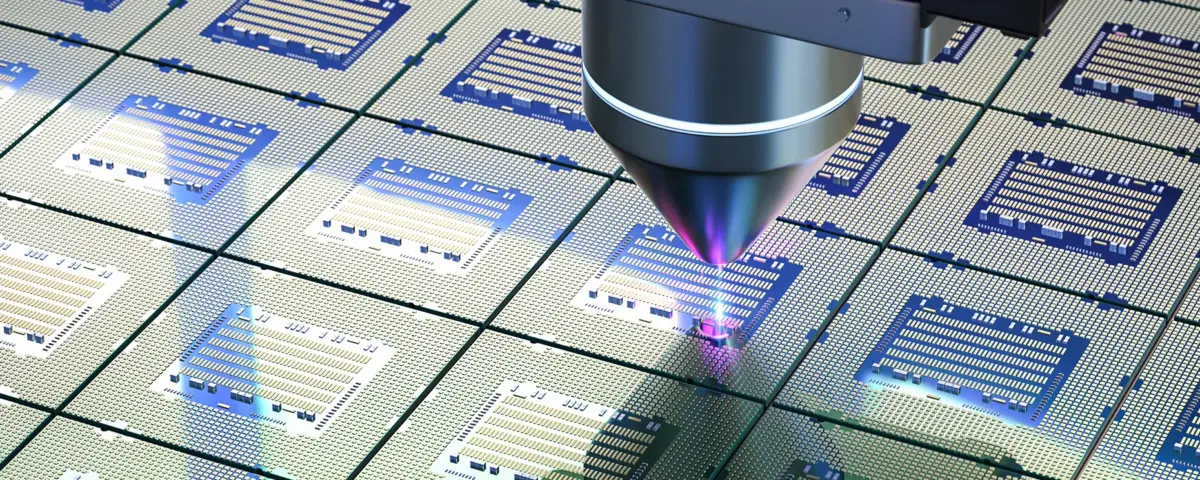
Ensuring the reliability of 3D-ICs
30. January 2025
The sanctions on Chinese chips have led to unexpected consequences. Companies like AMAT, LRCX, KLAC, and TEL are benefiting, while manufacturers like Micron and Global Foundries (GloFo) are suffering. The influx of new Chinese capacities is poised to significantly impact memory manufacturers and smaller chipmakers. This increases the likelihood of a prolonged downturn phase in the semiconductor market.
China’s dominance in the semiconductor equipment market
China’s substantial investments in chip production equipment are having a clear impact on the market. Reports indicate that companies such as Lam, ASML, and KLA are increasingly dependent on China. AMAT is also expected to see strong growth. With more than half of their profits coming from China and higher prices than in other regions, selling equipment to China has become highly profitable for these companies.
Risks for the semiconductor industry
The growing overcapacity in China threatens market stability. The most affected companies include:
- Micron: The memory market, being a commodity market, is particularly vulnerable. Chinese manufacturers are quickly acquiring modern equipment and could eventually surpass Micron in the long run.
- Global Foundries: Without access to cutting-edge technologies, GloFo is struggling to keep up with competitors like SMIC in China.
- Intel: Despite its solid position, Intel also faces new challenges from technologically advanced Chinese companies.
Furthermore, regions like New York and Idaho, home to semiconductor manufacturers, may experience job losses. Meanwhile, California-based companies are benefitting from the increased equipment sales to China.
Long-Term implications
While the short-term effects may seem beneficial, China’s accelerated capacity expansion poses long-term risks for the semiconductor industry. The originally planned sanctions, intended to weaken China, have ironically strengthened its position and boosted the purchase of semiconductor equipment.




